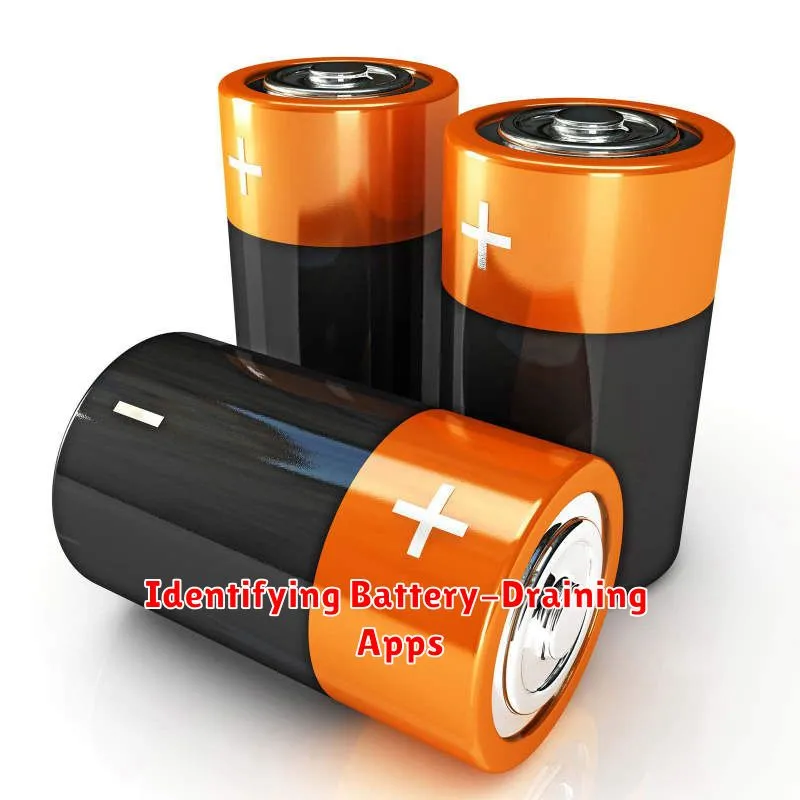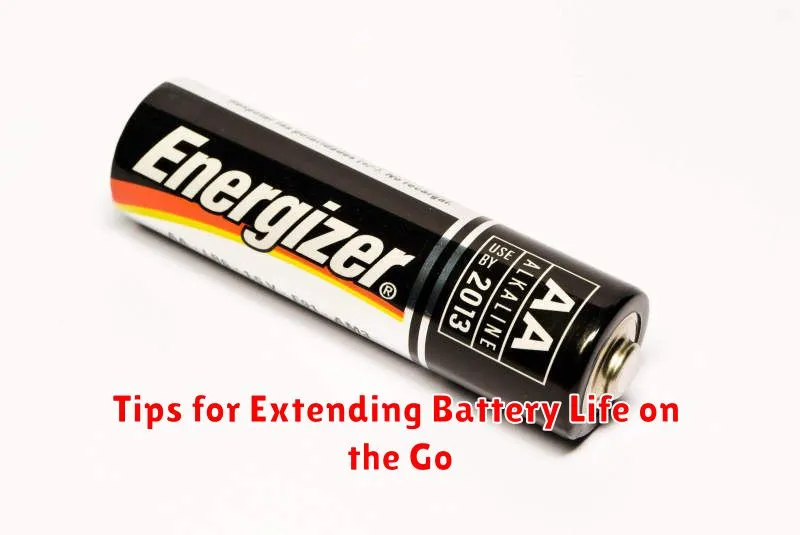Is your Android phone constantly tethered to a charger? Are you frustrated by a battery that drains faster than it charges? This practical guide offers proven strategies to extend your Android battery life, helping you stay connected and productive throughout your day. We’ll cover everything from understanding battery health to optimizing settings and adopting mindful charging practices. Learn how to maximize your battery performance and avoid the dreaded low battery warning.
This guide delves into the core principles of Android battery management, providing actionable steps you can implement immediately. Whether you’re using a brand-new device or an older model, these tips will empower you to take control of your battery consumption and significantly extend the time between charges. We’ll explore both system-level adjustments and app-specific optimizations, offering a comprehensive approach to maintaining battery health and prolonging the overall lifespan of your Android battery.
Understanding Battery Health
Battery health refers to the battery’s ability to hold a charge and deliver power over time. Like all rechargeable batteries, your Android phone’s battery capacity degrades with each charge cycle. This is a normal process, but understanding it helps you adopt practices that minimize degradation and prolong its useful life.
Several factors contribute to battery health decline. High temperatures, frequent fast charging, and consistently discharging the battery to 0% can accelerate capacity loss. Monitoring your battery’s behavior and making informed choices about charging and usage can significantly impact its longevity.
Key factors influencing battery health:
- Temperature: Avoid exposing your device to extreme heat or cold.
- Charging habits: Partial charging is preferable to frequent full charges.
- Discharge depth: Avoid regularly letting your battery drain completely.
Optimizing Battery Usage in Android Settings
Your Android device offers several built-in settings to help manage and reduce battery consumption. Accessing these settings can significantly extend the time between charges.
Battery Saver Mode: Enabling Battery Saver mode is a quick way to limit background activity and reduce performance to conserve power. Access this feature through your device’s settings. The impact of Battery Saver mode can be customized, allowing you to choose which functionalities are restricted.
Adaptive Battery and Battery Optimization: These features utilize machine learning to prioritize battery usage for the apps you use most frequently. Less frequently used apps will have background activity restricted. You can typically find and manage these settings within the “Battery” or “Power” section of your device’s settings.
Location Services: While convenient, location services can be a significant drain on your battery. Consider adjusting location settings to “Battery Saving” or only enabling location access for apps when actively using them.
Identifying Battery-Draining Apps

Pinpointing power-hungry applications is crucial for extending battery life. Your Android device provides built-in tools to help you identify these culprits. Access this information through the Battery section in your device’s settings. Look for options like “Battery Usage” or similar, which will present a detailed breakdown of power consumption by each app.
This breakdown usually shows battery usage since the last full charge, offering insights into which apps are consuming the most power. Pay close attention to apps with unexpectedly high percentages. Background activity can be a significant drain, so consider restricting background processes for apps you don’t use frequently.
Some system apps might also appear high on the list. While essential, some system processes can be optimized. Look for options related to location services, as continuous GPS usage can significantly impact battery life. Also, consider disabling or uninstalling any unused pre-installed apps.
Adjusting Display Settings for Better Battery Life
Your device’s display is a major consumer of battery power. Optimizing its settings can significantly extend the time between charges. Consider these adjustments to minimize battery drain.
Brightness Control
Lowering screen brightness is one of the most effective ways to conserve battery. Manually adjust the brightness slider to a comfortable yet efficient level. Enabling adaptive brightness allows your device to automatically optimize brightness based on ambient lighting conditions, further saving power.
Screen Timeout
Screen timeout dictates how long your display stays on after inactivity. A shorter timeout, such as 15 or 30 seconds, prevents the screen from needlessly consuming power when not in use. Adjust this setting within your display settings menu.
Dark Mode (if available)
If your device supports it, enabling dark mode can reduce battery consumption, especially on devices with OLED or AMOLED screens. These display technologies illuminate only the necessary pixels, saving power when displaying darker colors.
Effective Charging Practices for Long-Term Battery Health
Proper charging habits play a crucial role in preserving your Android battery’s lifespan. Avoid consistently charging your battery to 100% or letting it drain to 0%. These extremes can stress the battery and reduce its overall capacity over time.
Ideally, maintain your battery charge between 20% and 80%. This range minimizes stress and promotes longevity. While occasional full charges are acceptable, they shouldn’t be a daily practice.
Temperature also impacts battery health. Avoid charging your phone in extremely hot or cold environments. High temperatures can accelerate battery degradation. If your phone feels hot while charging, disconnect it and let it cool down.
Using the correct charger is equally important. Counterfeit or low-quality chargers may not deliver the proper voltage or current, potentially damaging the battery. Stick to the charger supplied with your device or a reputable alternative.
Finally, consider partial charging. Short bursts of charging throughout the day are generally less stressful on the battery than a single prolonged charge.
Utilizing Power-Saving Modes
Most Android devices offer built-in power-saving modes designed to extend battery life. These modes work by limiting background processes, reducing screen brightness, and optimizing performance.
Understanding Power-Saving Options: Familiarize yourself with the specific power-saving features available on your device. Common options include “Battery Saver,” “Low Power Mode,” or similar designations. These modes can often be customized, allowing you to select which features to restrict and to what extent.
Activating Power-Saving Modes: Access power-saving modes through your device’s settings menu, typically under “Battery” or “Power.” Many devices also provide quick access through the notification shade. Consider enabling power-saving proactively when you anticipate extended periods without access to a charger.
Adaptive Battery: Many modern Android devices utilize adaptive battery functionality. This feature learns your usage patterns and intelligently manages app activity to minimize power consumption. Ensure this feature is enabled to optimize battery performance automatically.
Tips for Extending Battery Life on the Go

When you’re away from a charger, maximizing your phone’s battery life becomes crucial. Here are some practical tips to help you conserve power while on the move:
Reduce Screen Brightness
Lowering your screen’s brightness significantly impacts battery consumption. Adjust the brightness manually to a comfortable yet conservative level, or enable adaptive brightness to let your phone optimize it based on ambient light.
Turn Off Unused Radios
When not in use, disable Wi-Fi, Bluetooth, and location services. These radios constantly search for signals, draining your battery. Activate them only when needed.
Airplane Mode in Low-Signal Areas
In areas with weak or no cellular signal, enable Airplane Mode. Your phone constantly searches for a better connection in such areas, consuming significant power. Reactivate cellular service when signal strength improves.

